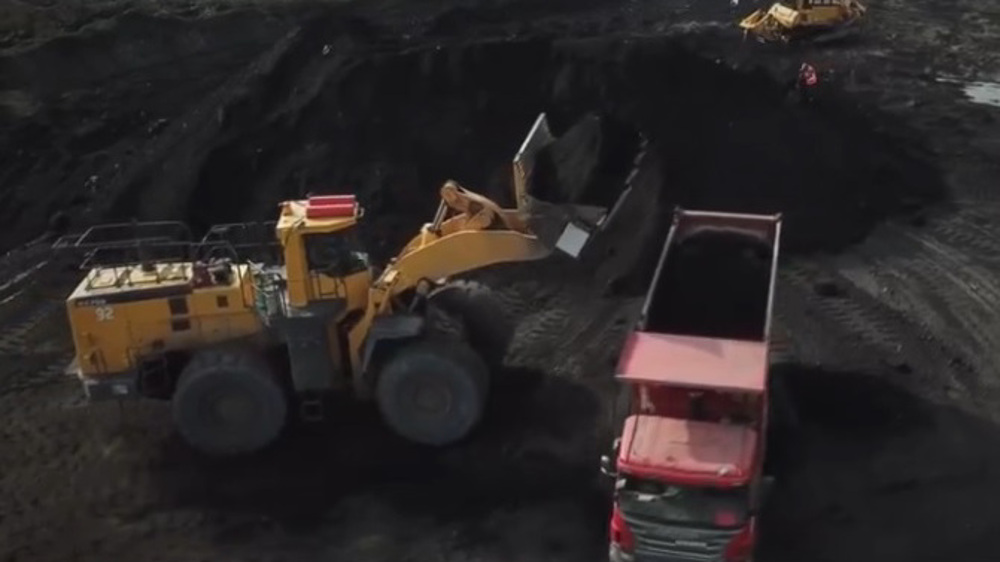Flour milling industry
Simply put, wheat is part of the grass family. Some have argued that wheat domesticated mankind, bringing humans away from the colorful and adventurist hunter-gatherer lifestyle, and settling them permanently next to their fields.
It is also said that wheat is responsible for the agricultural revolution. It has supplied the calories that made it possible for the worlds population to race toward eight billion people.
At present, wheat is grown on more land area across the world than any other food crop. A lot of work and effort goes into farming wheat. The right location, soil conditions, seeds, germination, water, and so much more; all make up the ingredients for a good harvest.
Over the years the government has implemented several plans and schemes to help support farmers and wheat productions nationwide. About a third of wheat fields in Iran are irrigated and the rest is rain-fed which makes these crops vulnerable to rainfall variation.
According to the National Foundation of Wheat Growers Iran has a potential capacity to produce 15 million tonnes of wheat which is above domestic demands. Such production levels could make Iran self-sufficient in wheat demands.
In March 2020, the government announced a scheme to purchase nearly 75% of domestic wheat productions at guaranteed prices. The goal was to reduce reliance on imports for domestic consumption.
This year, farmers are dealing with droughts and pests as well as an increase in the cost of fertilizers and seeds. Consequently, the Ministry of Agriculture says there has been a 30% decrease in wheat harvest this year.
In order to remedy the situation, the government has granted permission to import wheat and increased the production of seeds as well.
Wheat is considered a strategic crop because it can be transformed into products with added value which increases profits.
The food industry is worth billions and is growing at a rapid pace these days. Figures from the Ministry of Agriculture show, over five million tonnes of agricultural and food products were exported from Iran in the first eight months of this year. Based on data from the Ministry of Agriculture, these exports raked in roughly $3.3 billion.
Iran’s oil output falls slightly in October, OPEC data show
Iran strongly condemns Israeli minister’s call for West Bank annexation
Hezbollah pounds Israel’s military headquarters in Tel Aviv
US rewards Israel with more weapons for breaching 30-day Gaza aid ultimatum
British surgeon says Israeli drones ‘deliberately’ shooting children in Gaza
Erdogan announces Turkey’s severance of all ties with Israel
Morocco allows Israel’s weapons ship, proves complicity in Gaza genocide
Trump picks supporter of West Bank annexation as US envoy to Israel









 This makes it easy to access the Press TV website
This makes it easy to access the Press TV website